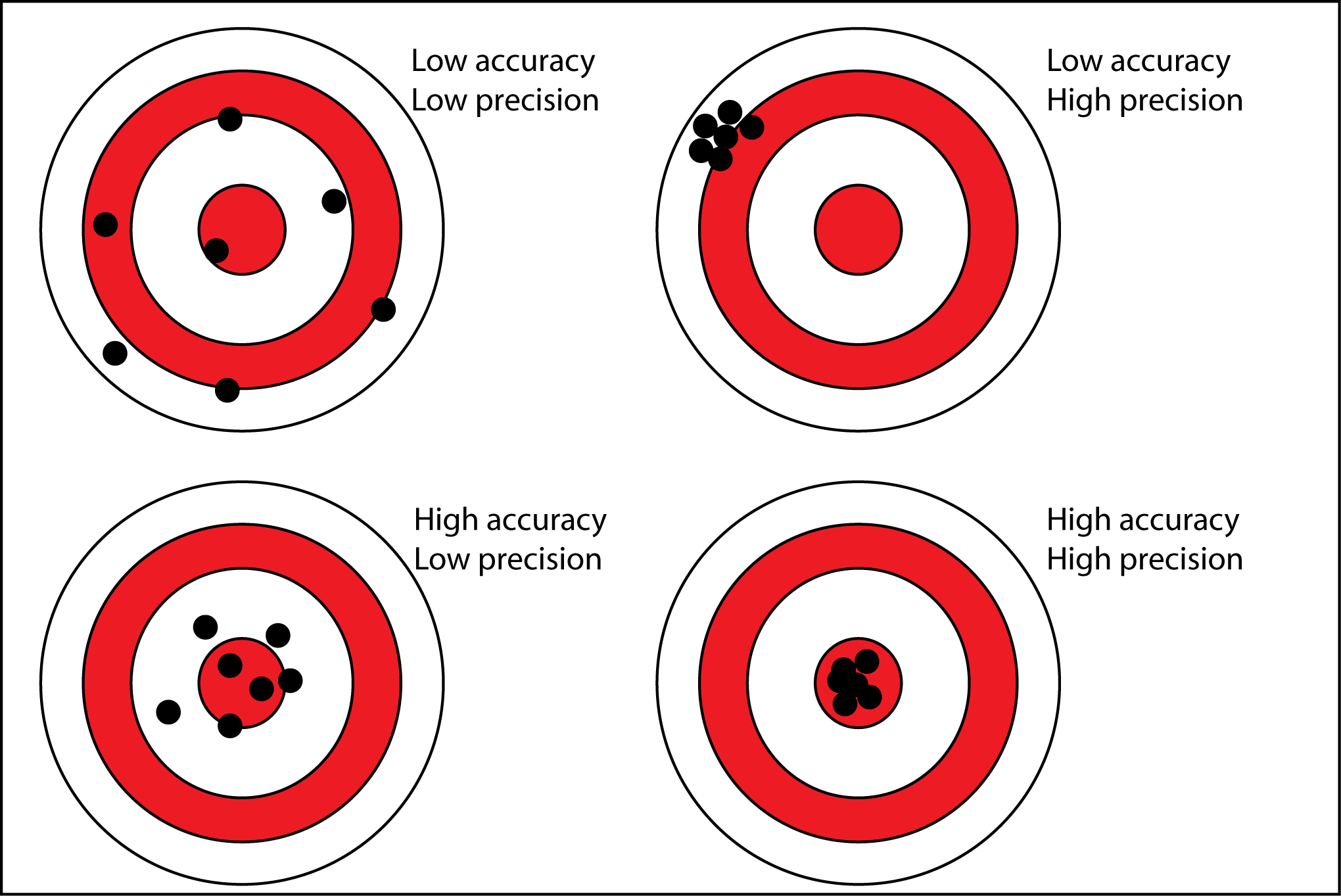Converting 30g to Cups: A Handy Measurement Guide
In cooking and baking, accurate measurements are crucial for achieving desired results. However, converting between different units of measurement can be challenging, especially when dealing with ingredients like flour, sugar, or butter. In this article, we will provide a practical measurement guide for converting 30g to cups. Whether you're following a recipe or adjusting ingredient quantities, this guide will help you achieve accurate measurements and ensure culinary success.
1. Understanding the Importance of Accurate Measurements

Accurate Measurements
Accurate measurements play a vital role in cooking and baking. They ensure that ingredients are properly balanced, resulting in the desired taste, texture, and consistency of the final dish.
Converting 30g to cups allows for precise measurement and helps maintain the integrity of a recipe.
2. Factors Affecting Conversion
When converting grams to cups, it's important to consider the specific ingredient being measured. Different ingredients have different densities, which can impact the conversion.
For instance, 30g of flour will occupy a different volume compared to 30g of sugar or 30g of liquid. Therefore, it's essential to approach conversions with consideration for the ingredient in question.
3. Converting 30g of Dry Ingredients to Cups
When converting 30g of dry ingredients, such as flour, sugar, or cocoa powder, to cups, it's important to note that the conversion can vary. The density and texture of the specific ingredient will affect the volume it occupies.
Here are approximate conversions for some commonly used dry ingredients:
30g of All-Purpose Flour: Approximately 1/4 cup
30g of Granulated Sugar: Approximately 2 tablespoons
30g of Brown Sugar: Approximately 2 1/2 tablespoons
30g of Powdered Sugar: Approximately 1/4 cup
Remember that these conversions are approximations, and it's always best to use a scale for more precise measurements, especially in baking, where accuracy is crucial.
4. Converting 30g of Liquid to Cups

30g of Liquid to Cups
When converting 30g of liquid ingredients, such as water, milk, or oil, to cups, it's important to note that grams and milliliters are equivalent for water. Therefore, 30g of water is approximately equal to 30 milliliters, which is roughly 2 tablespoons or 1/8 cup.
For other liquids, such as milk or oil, the density may differ slightly, resulting in a slightly different volume. However, for practical purposes, 30g of most liquids can be considered equivalent to 30 milliliters.
5. Adjusting for Accuracy
While approximate conversions can be useful, it's important to remember that the best way to achieve accurate measurements is by using a kitchen scale.
Weighing ingredients directly in grams provides the most precise measurements, ensuring the desired results in your cooking or baking endeavors.
6. Common Kitchen Equivalents
In addition to conversions, it's helpful to be familiar with common kitchen equivalents for reference:
1 cup = 16 tablespoons = 48 teaspoons
1/2 cup = 8 tablespoons = 24 teaspoons
1/4 cup = 4 tablespoons = 12 teaspoons
1 tablespoon = 3 teaspoons
Understanding these equivalents can aid in adjusting ingredient quantities and following recipes more efficiently.
Converting 30g to cups is a useful skill for precise cooking and baking. By understanding the approximate conversions for dry ingredients and liquids, you can confidently adjust recipes and achieve accurate measurements. However, it's always best to use a kitchen scale for the most precise measurements, especially in baking, where precision is key. With this measurement guide in hand, you'll be equipped to navigate conversions and ensure culinary success in your kitchen adventures.